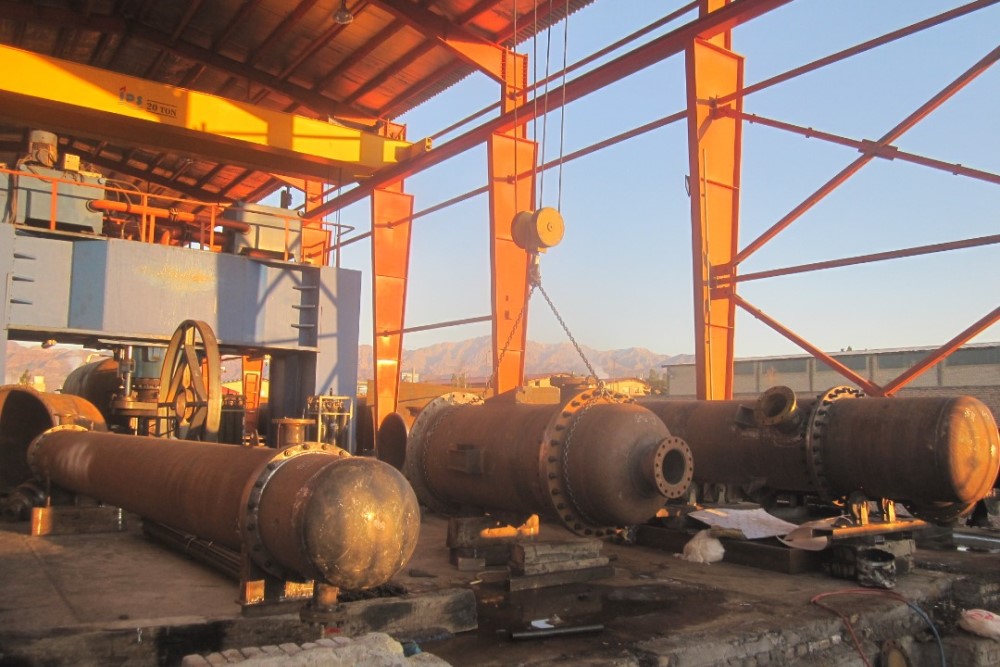Shell and tube heat exchangers are among the most widely used types of heat exchangers in the oil and gas industry. Their simple design, ability to withstand high pressures and temperatures, and versatility in various applications make them extensively utilized in industrial processes.

Shell and tube heat exchangers are extensively used in the oil and gas industry for heat transfer between two fluids. These exchangers consist of a bundle of tubes housed within a larger shell. Key applications include:
Overall, shell and tube heat exchangers are considered essential and critical equipment in many sectors of the oil and gas industry due to their simple structure, high-pressure and temperature tolerance, and high efficiency.
Shell and tube heat exchangers can be categorized based on various criteria:
Parallel Flow: Both fluids flow in the same direction.
Counter Flow: Fluids flow in opposite directions, generally providing higher efficiency.
Cross Flow: Fluids intersect each other perpendicularly.
Single Pass: Fluid passes through the tubes once from one end to the other.
Two Pass: Fluid passes through the tubes twice, usually by reversing flow with a tube sheet.
Multi Pass: Fluid passes through the tubes multiple times for increased heat transfer.
Power Plant Heat Exchangers: Designed for power generation plants.
Refinery Heat Exchangers: Designed for oil and gas refineries.
Marine Heat Exchangers: Designed for marine environments and ships.
Straight Tube: Tubes extend straight from one end to the other.
U-Tube: Tubes are bent into a U-shape, with both ends in the same tube sheet.
Single Shell Pass: Fluid passes through the shell once from one end to the other.
Multi Shell Pass: Fluid passes through the shell multiple times.
TEMA Standards: Includes TEMA R (for refinery and oil services), TEMA C (for commercial services), and TEMA B (for general services).
These categorizations help in the precise selection and design of shell and tube heat exchangers based on specific industry needs and applications.
Shell and tube heat exchangers consist of a shell and a bundle of internal tubes. In this design, one fluid flows through the tubes, while the other flows around the tubes within the shell, facilitating efficient heat transfer between the two fluids.


Material selection for shell and tube heat exchangers depends on operational conditions such as temperature, pressure, and the corrosiveness of fluids:
Proper installation and commissioning are crucial for optimal performance:
Regular and proper maintenance is essential to maintain performance and extend the lifespan:
Petro structure Company is a manufacturer of heat exchangers such as shell and tube exchanger, plate exchanger and air exchanger. This complex has the possibility of building heat exchangers by using the expert forces and required equipment. Contact our experts for more information.
References